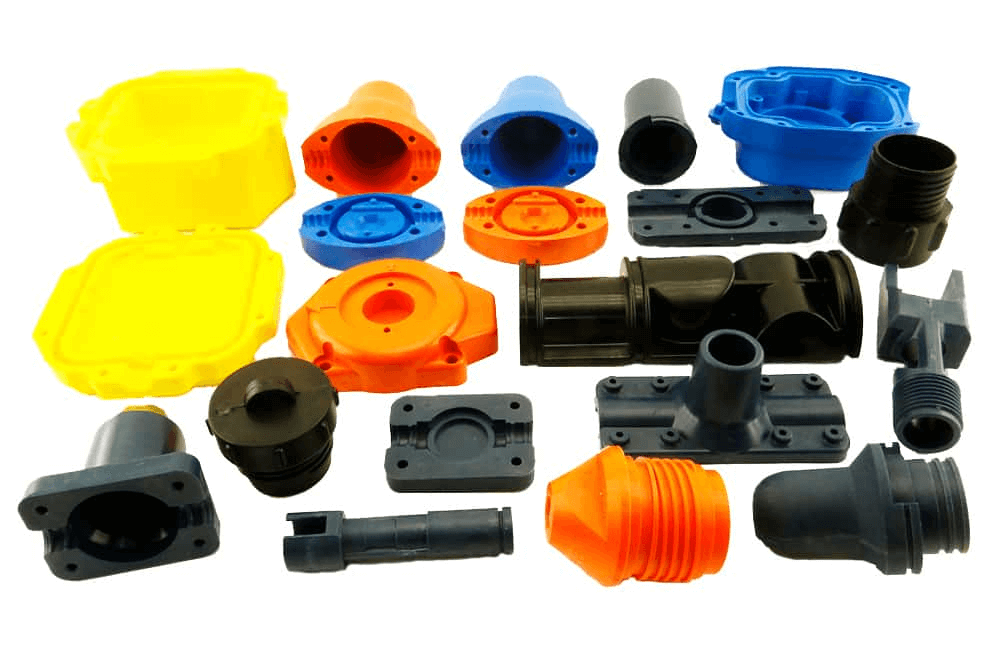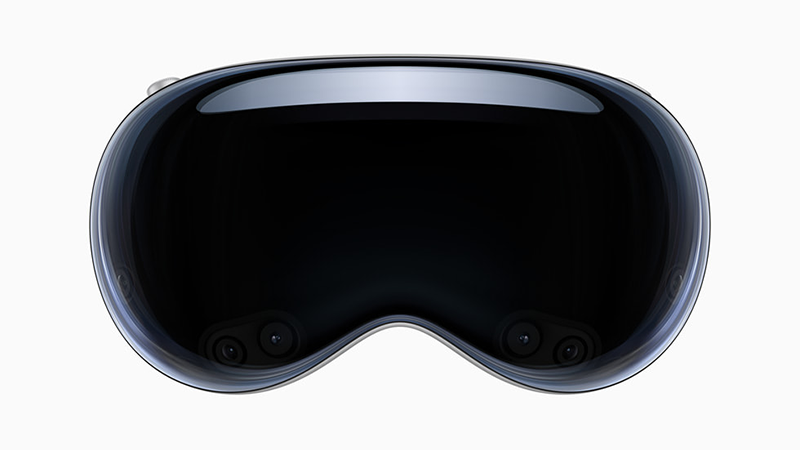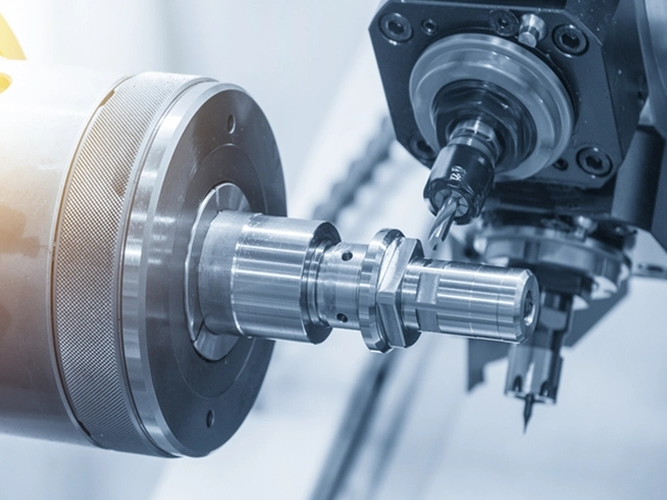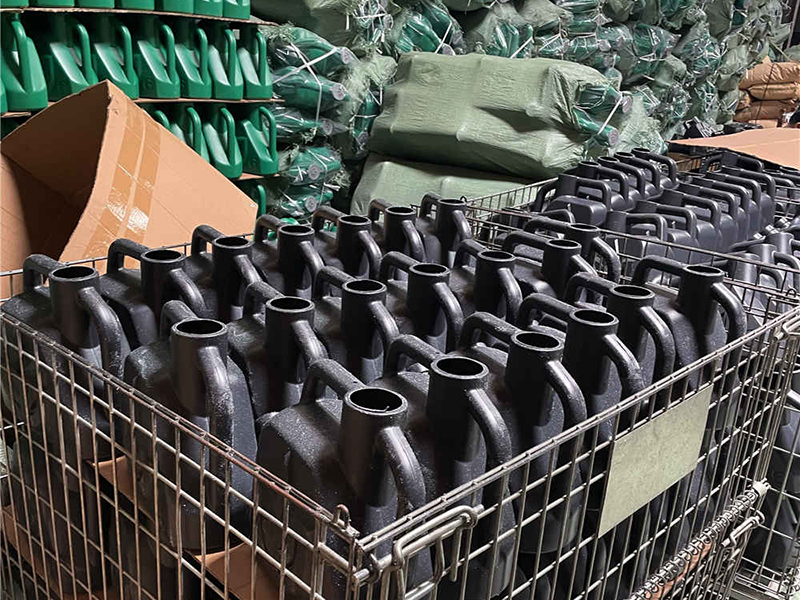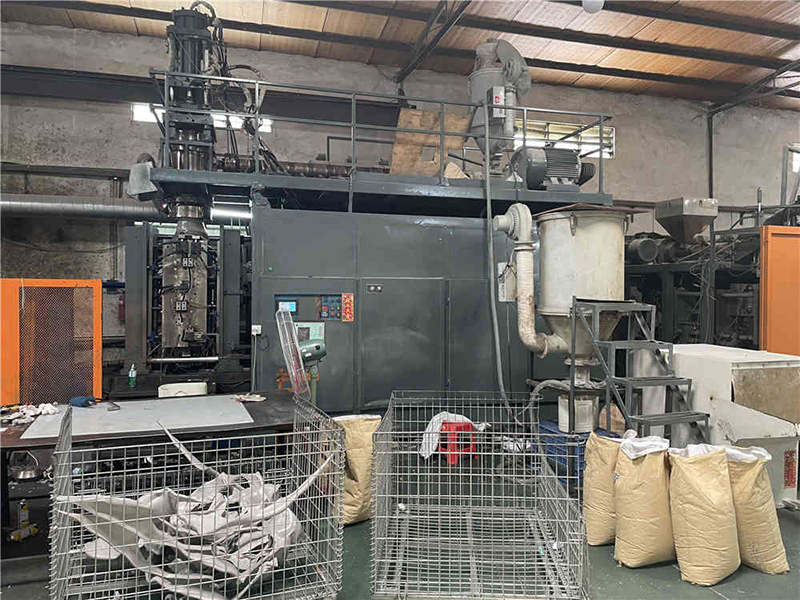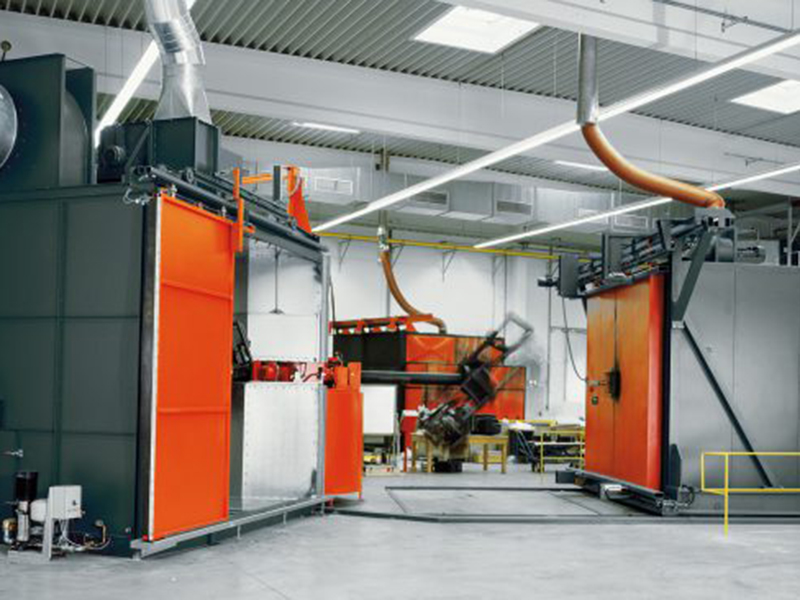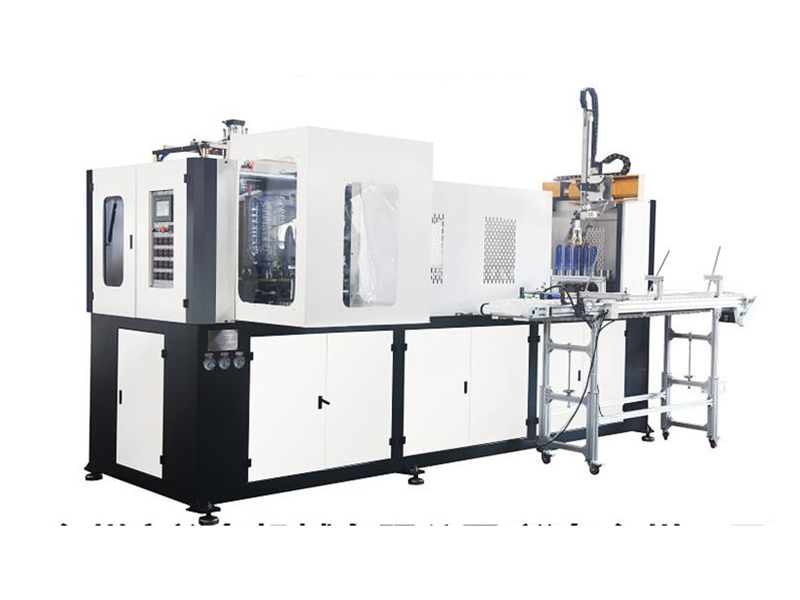How to Choose the Right Injection Molding Material | Essential Tips for Optimal Material Selection
Choosing the right material for injection moulding is critical to the success of your manufacturing project. The material you choose not only affects the performance and durability of the final product, but also has an impact on cost, production efficiency and environmental sustainability. In this guide, we'll walk you through key considerations and tips to help you select the most appropriate injection moulding material for your needs.

1. Define Project Objectives Clearly
The first step in selecting the right injection molding material is to clearly define your project objectives. Understanding the specific requirements of your application helps narrow down potential material choices. Consider questions such as:
What is the intended use of the product?
What mechanical properties are essential (e.g., tensile strength, flexibility)?
Are there aesthetic requirements (e.g., transparency, color)?
What environmental conditions will the product face (e.g., temperature, exposure to chemicals)?
By answering these questions, you can identify the primary attributes needed in your material .
2. Understand Material Properties
Each material comes with its own set of properties which must align with your product specifications. For instance:
Strength and flexibility: Materials like ABS (Acrylonitrile Butadiene Styrene) and PC (Polycarbonate) are known for their high impact resistance and strength, making them ideal for durable goods.
Heat resistance: For high-temperature applications, materials like PEEK (Polyether Ether Ketone) and PPS (Polyphenylene Sulfide) offer excellent thermal stability.
Chemical resistance: If your product will be exposed to chemicals, consider materials like HDPE (High-Density Polyethylene) or PBT (Polybutylene Terephthalate) known for their excellent chemical resistance.
3. Evaluate Production Volume and Rate
Evaluating the production volume and rate is crucial for cost-effectiveness. Thermoplastics like PP (Polypropylene) and PE (Polyethylene) are often preferred for high-volume production due to their lower costs and faster processing times. However, for low-volume or niche applications, more specialized materials such as PEI (Polyetherimide) might be justified despite higher costs .

4. Assess the Overall Cost
While initial material cost is an important factor, it is essential to consider the overall cost, including processing and post-processing expenses. Materials that require significant secondary operations like painting or plating might add to the overall cost. Balancing material costs with desired product characteristics and production efficiency can help in making a cost-effective decision.
5. Ensure Regulatory Compliance
Different industries have specific regulatory requirements that dictate allowable materials. For example, medical devices must comply with stringent FDA regulations, while automotive parts might need to meet SAE standards. Always ensure the selected material complies with relevant regulations to avoid legal complications .
6. Evaluate Environmental Impact
Sustainability is becoming increasingly important in manufacturing. Biodegradable options like PLA (Polylactic Acid) and materials with high recycled content can reduce environmental impact. It’s essential to consider the environmental footprint of both the raw materials and the production process .

7. Test the Material
Before committing to a production run, it’s advisable to create prototypes using the chosen material. This step allows for real-world testing to ensure the material meets all performance criteria and can help identify any potential issues early on. Utilizing services like CNC machining for initial prototypes can be a cost-effective approach to test the material without creating a full mold .
8. Forecast Material Availability
Material availability can sometimes influence your selection. For high-volume productions, ensure your chosen material is readily available in the market to avoid potential shortages that could delay your project. Also, consider collaborating with reliable suppliers who can provide a stable supply chain .
9. Consider Post-Processing Requirements
Different materials have varying requirements for post-processing. For instance, if your project demands high aesthetic standards, materials like PMMA (acrylic) or PC may be more suitable due to their superior finish and clarity. However, these materials might also require additional processing steps like polishing or coating to achieve the desired effect .
10. Analyze Long-Term Performance
It's essential to consider the long-term performance of the material under operational conditions. This includes examining aspects such as creep resistance, fatigue resistance, and how the material ages over time. Materials like PTFE and certain grades of nylon offer exceptional longevity and stability under varying environmental conditions, making them suitable for applications where durability is crucial .
11. Factor in Mechanical Properties
Mechanical properties such as tensile strength, modulus of elasticity, and impact resistance are critical factors in material selection. For instance, materials like PBT (Polybutylene Terephthalate) are well-suited for applications requiring high mechanical strength and electrical insulation properties. These properties must align with the expected loads and stresses the product will encounter in its lifecycle .
12. Take Note of Thermal Properties
Thermal properties, including heat deflection temperature (HDT) and glass transition temperature (Tg), define how materials behave under thermal stress. For applications exposed to high temperatures, materials like PEEK (Polyether Ether Ketone) and PPS (Polyphenylene Sulfide) offer superior thermal stability, making them ideal for use in environments with fluctuating temperatures .



